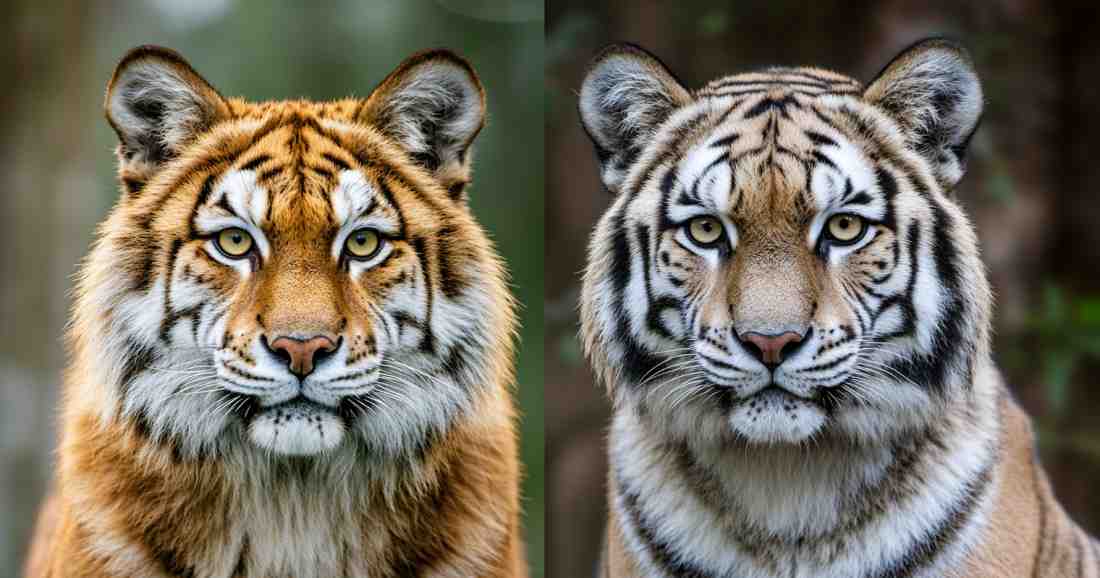
Animal true or false questions explore common beliefs and lesser-known facts about wildlife. These questions often reveal surprising truths that challenge what we think we know. For instance, while many believe goldfish have a three-second memory, they can actually remember for months. The Animal True or False Quiz helps separate fact from fiction while enhancing your wildlife knowledge.
Dive into the fascinating world of animal facts with the Animal True or False Quiz, Test Your Wildlife Knowledge. Animal True or False Quiz challenges your understanding of fascinating animal facts. How much do you really know about the animal kingdom? Can ostriches truly bury their heads in the sand? Do dolphins sleep with one eye open? This quiz puts your knowledge to the test while uncovering surprising truths and debunking popular myths. Moreover, it offers a fun way to explore wildlife knowledge while learning practical animal facts.
Understanding Animal Myths and Realities
Many animal myths stem from historical observations or misunderstood behaviors. For example, bats aren’t actually blind—they see quite well in low light. Moreover, touching a baby bird won’t cause its mother to abandon it, as birds have a limited sense of smell. This quiz highlights how myths develop and why scientific understanding continues to evolve.
Common Misconceptions About Animals
Surprisingly, several animal “facts” turn out to be false. Contrary to popular belief, porcupines cannot shoot their quills. Likewise, chameleons change color based more on mood and temperature than camouflage. This quiz not only tests your knowledge but also reveals why these misconceptions persist.
Practical Tips for Expanding Wildlife Knowledge
Enhancing your wildlife knowledge involves exploring reputable sources and observing animals firsthand. Books, documentaries, and wildlife organizations provide accurate information. Additionally, visiting nature reserves and zoos allows you to see animal behaviors up close. This quiz offers practical insights while encouraging further exploration of the animal kingdom.
Fun Facts About Animal Behavior
Did you know that octopuses have three hearts? Or that sea otters hold hands while sleeping to stay together? Moreover, sloths can take up to a month to digest a single meal. This quiz uncovers more fun facts while testing your true or false knowledge.
Take the Animal True or False Quiz Now
Ready to separate fact from fiction? The Animal True or False Quiz offers an entertaining yet educational way to explore wildlife knowledge. Moreover, it provides practical insights and fascinating facts to expand your understanding of the animal kingdom. Ultimately, this quiz empowers you to become an informed wildlife enthusiast. Take the quiz now and see how much you really know!
